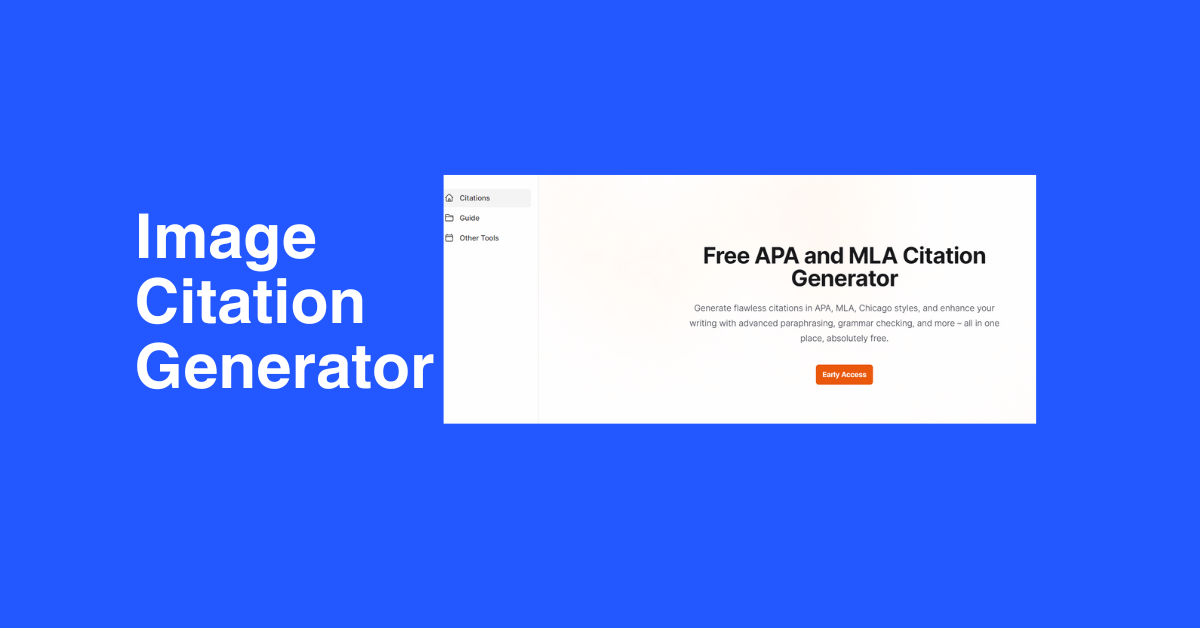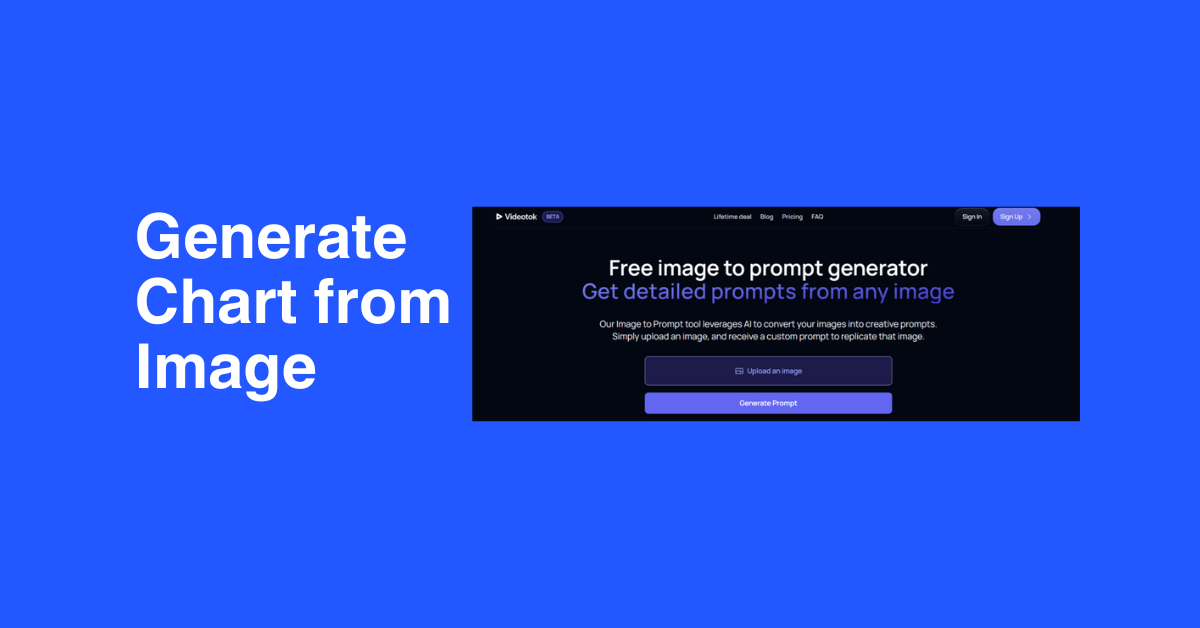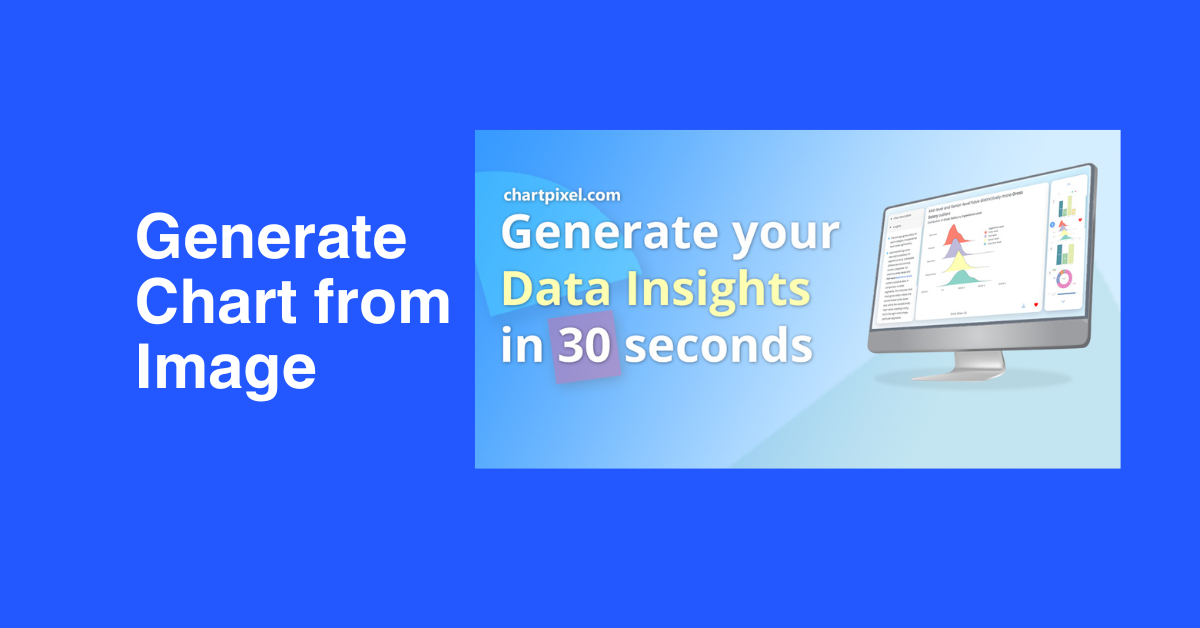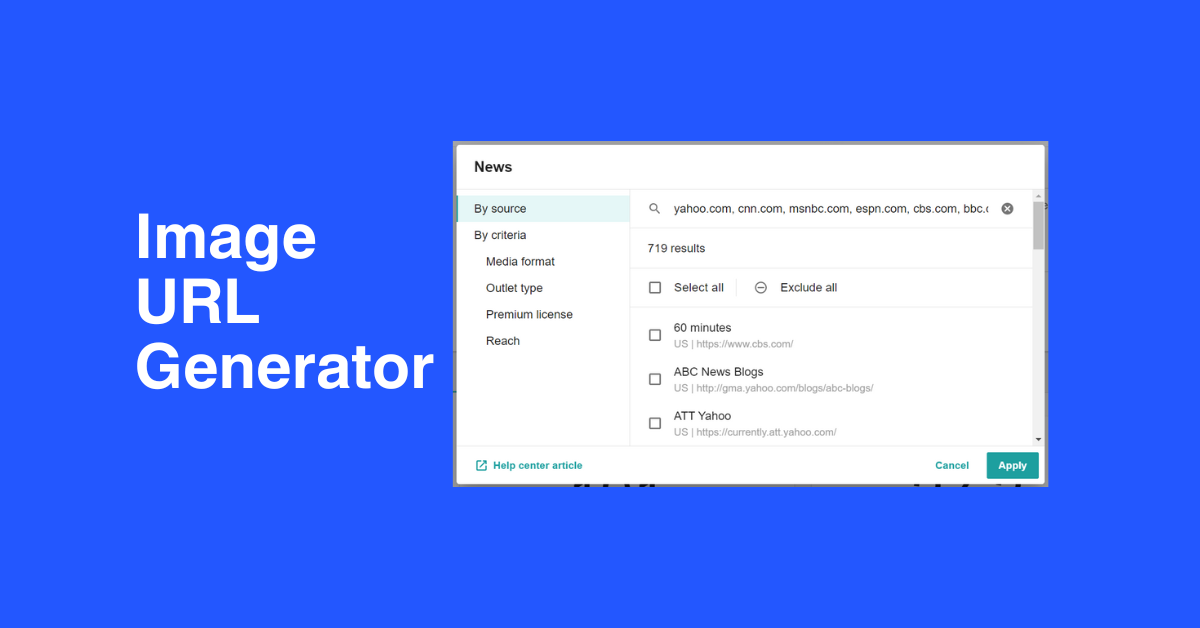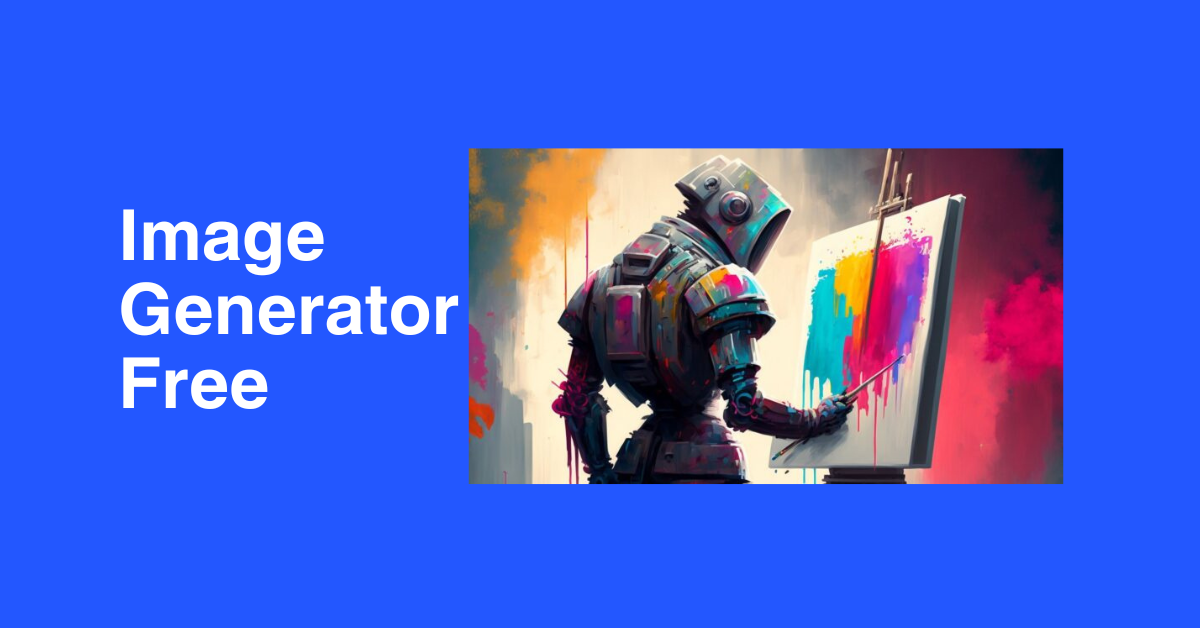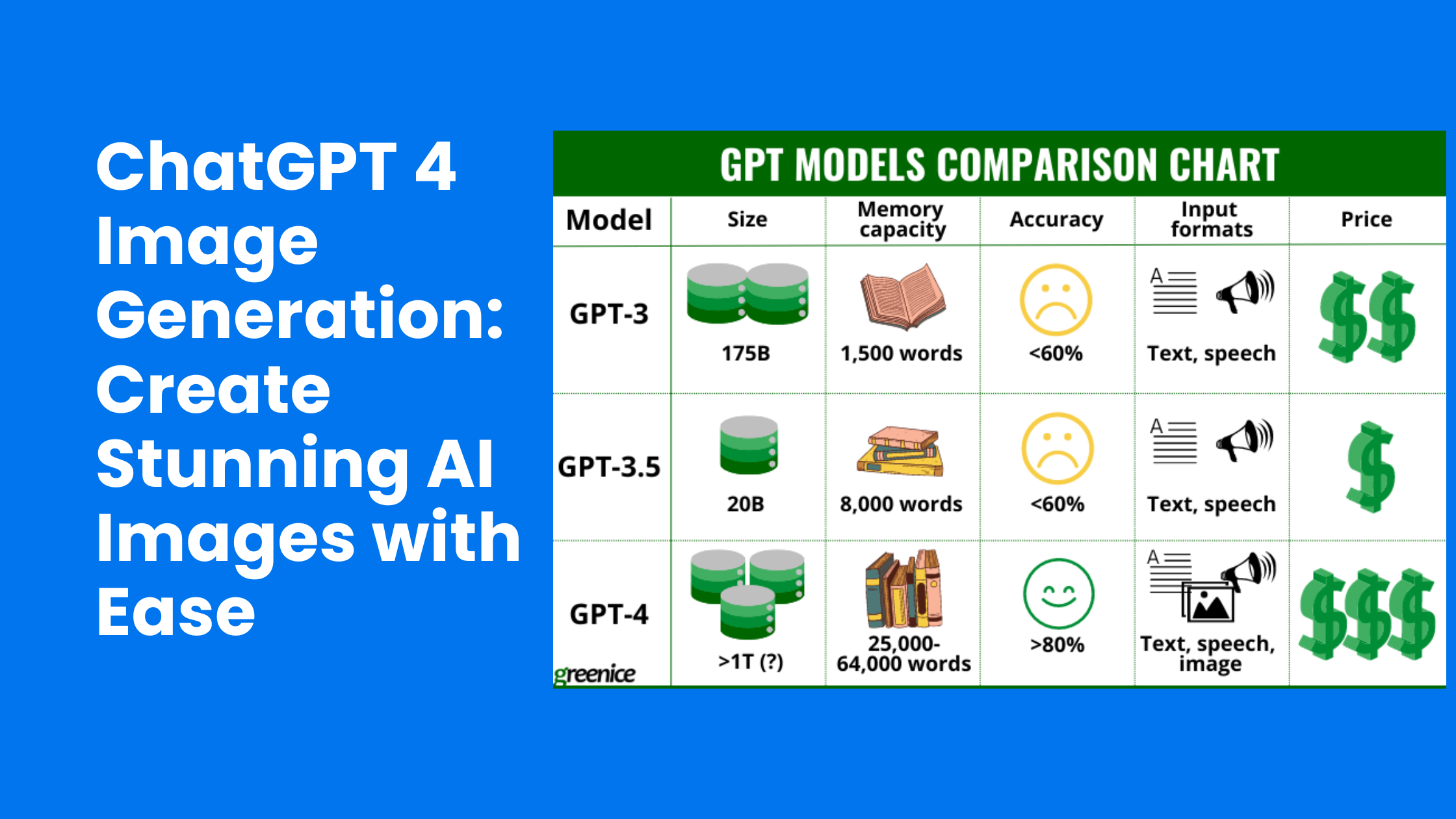
ChatGPT 4 Image Generation: Create Stunning AI Images with Ease
- Image Generators
- November 2, 2024
- No Comments
The advent of artificial intelligence has reshaped numerous domains, and image generation is one area where this transformation is particularly pronounced. With the emergence of models like ChatGPT 4, a new horizon dawns for creatives, marketers, and industries reliant on visual content creation. This blog post will delve into how ChatGPT 4 revolutionizes image generation, unveiling its intricacies, capabilities, and implications for the creative industry. By examining its power to translate words into visuals, we will explore the myriad ways this technology democratizes creativity while also addressing ethical considerations and future applications.
ChatGPT 4: A New Era of Image Generation
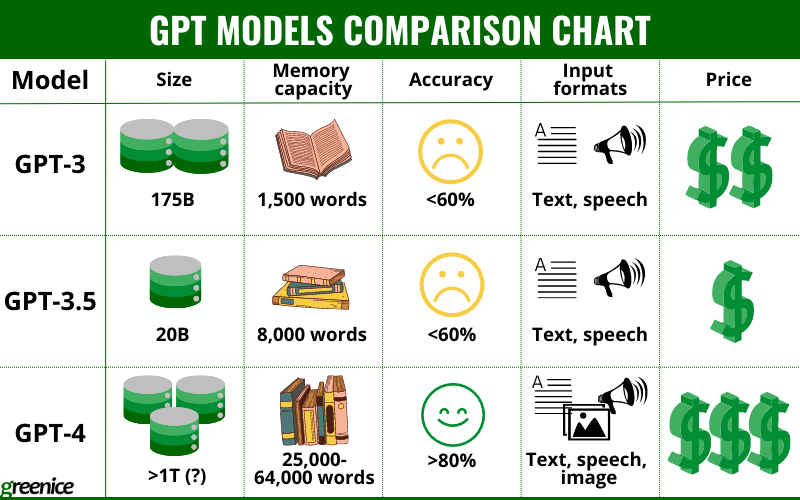
As we transition into the age of intelligent systems, ChatGPT 4 stands as a testament to what is achievable when language processing meets computer vision. This model, developed by OpenAI, is not merely an evolution from its predecessors; it encapsulates a paradigm shift in how we interact with machines for creative outputs.
The ability to generate images based on textual descriptions opens up endless possibilities. Artists, designers, writers, and even marketers can harness the potential of ChatGPT 4 to create stunning visuals that align with their ideas, narratives, and campaigns. The implications are enormous—not just for professionals but also for hobbyists seeking to express themselves creatively without needing advanced technical skills.
Enhancing Creative Expression
One of the most significant advantages of ChatGPT 4 is its capability to bridge the gap between imagination and execution.
Imagine being able to conjure a breathtaking landscape or character design simply by typing out your thoughts. For those who may lack traditional artistic skills, this tool can empower them to visualize concepts that otherwise would remain confined to their minds. It fosters a sense of liberation; creativity becomes accessible to everyone.
Moreover, the iterative nature of engaging with an AI model allows users to refine their prompts and explore variations of an idea. This feedback loop can result in unexpected outcomes, often sparking new avenues of creativity that users might not have considered initially.
Redefining Collaborative Creativeness
ChatGPT 4 invites collaboration between human and machine. The partnership doesn’t replace the artist’s intuition; rather, it enhances it.
Artists can feed their unique styles and preferences into the model, guiding the generated images toward their aesthetic vision. This collaborative effort leads to a fusion of human sensibility and computational precision, thus creating a new genre of artwork that reflects both contributions.
This is particularly vital in fields like advertising and marketing, where visuals need to resonate with target audiences. Here, marketers can leverage ChatGPT 4 not just to generate images but to conceptualize ideas that align seamlessly with brand messaging.
Unlocking Creativity: How ChatGPT 4 Transforms Image Creation

In many ways, ChatGPT 4 serves as a digital muse, inspiring creativity through its image generation capabilities. It offers an unprecedented blend of technology and art-making, unlocking new levels of creative potential.
Fostering Idea Generation
Engaging with ChatGPT 4 stimulates brainstorming sessions, allowing users to explore a range of visual concepts that they might not arrive at independently.
By inputting various prompts, users can see how the model responds and iterates upon them, leading to a more robust ideation process. This feature can be especially useful for teams working on projects where diverse perspectives enhance the overall quality of the output.
Furthermore, the ability to regenerate images provides opportunities for rapid prototyping. Designers can quickly assess different versions of a concept, which accelerates the decision-making process and leads to a more efficient workflow.
Democratizing Art Creation
Historically, creating art has required training, skill, and practice—elements that not everyone possesses equally.
ChatGPT 4 democratizes this landscape. With just a few words, anyone can produce compelling imagery, making creative expression attainable for all. This technological leap challenges conventional notions about who gets to be seen as an artist, breaking down barriers that previously restricted access to creative tools.
As more people engage with this technology, we can expect to see a surge in diverse artistic expressions. The influx of new voices in the art world enriches cultural dialogues and broadens our understanding of creativity itself.
Bridging Cultural Gaps
The globalized digital landscape allows ChatGPT 4 to draw on a rich tapestry of styles and influences from around the world.
Users can prompt the model to incorporate elements from various cultures, effectively bridging gaps in representation and offering a platform for underrepresented narratives. This inclusivity is essential for fostering a more comprehensive view of humanity’s artistic endeavors.
In essence, ChatGPT 4 encourages cross-cultural conversations, enabling creators to tell stories that resonate universally while honoring specific traditions and experiences.
From Text to Image: Exploring ChatGPT 4’s Image Generation Capabilities
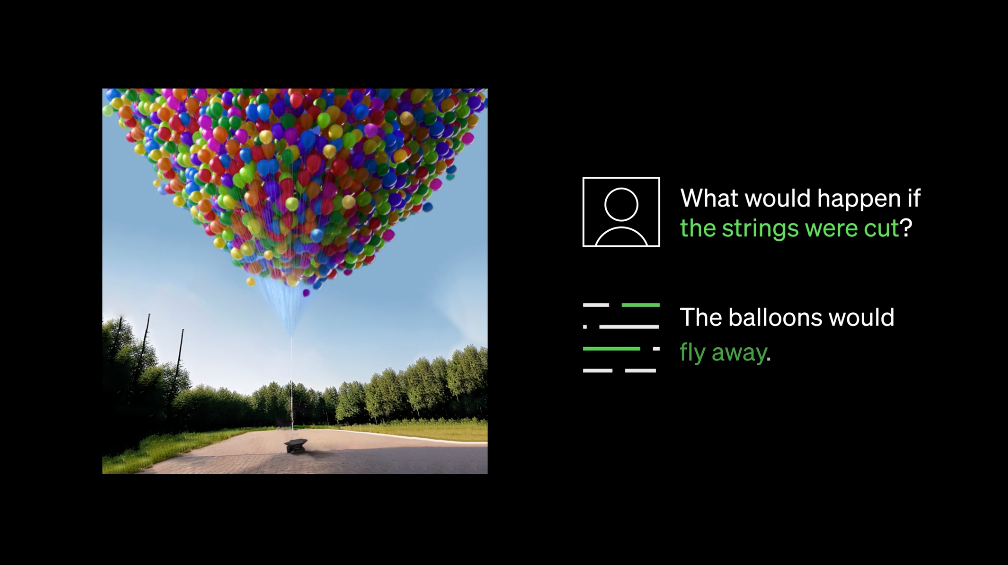
The core functionality of ChatGPT 4 lies in its ability to transform text prompts into visually striking images. This section will delve deeper into the mechanics of this process and illuminate its significance for various stakeholders.
Understanding the Mechanism
At its foundation, ChatGPT 4 employs complex algorithms trained on vast datasets, allowing it to understand language nuances.
By interpreting user-inputted text, the model deciphers the context and intent behind the prompts. This comprehension is crucial, as it determines how accurately the resulting images reflect user expectations. The model generates an image by pairing the interpreted prompts with learned visual aesthetics, creating a synthesis between textual meaning and graphical representation.
This synthesis is not merely a surface-level mapping of words to visuals; it involves recognizing patterns, themes, and emotional undertones in the provided text.
Versatility in Visual Styles
ChatGPT 4 doesn’t limit users to a single visual style.
Instead, it can adapt to various artistic genres—from realistic portrayals to abstract interpretations, cartoonish sketches, or photorealistic images. Users can specify desired styles within their prompts, providing additional guidance that helps the model tailor its outputs accordingly. This versatility is invaluable in a world where branding and personal expression often hinge on aesthetic consistency.
Additionally, the capacity to experiment with different styles encourages users to step outside their comfort zones, exploring artistic expressions they may not have previously considered.
User-Centric Customization
Another compelling aspect of ChatGPT 4‘s image generation capabilities is its emphasis on user-centric customization.
By allowing users to input detailed prompts, the model empowers individuals to take ownership of their creative processes. Instead of merely receiving random images, users can shape the final outcome by providing contextual details, emotional tones, and stylistic preferences.
This level of customization transforms the user experience, making it feel more personal and engaging. People are more likely to connect with images they had a hand in crafting, reinforcing the significance of participatory creativity in today’s digital age.
The Power of Words: Using ChatGPT 4 to Generate Images from Text Prompts
Words hold immense power, serving as vehicles for thought, emotion, and imagination. In the realm of image generation, ChatGPT 4 showcases the profound interplay between language and visual storytelling.
Crafting Effective Prompts
The success of generating coherent, relevant images hinges significantly on the quality of the prompts provided.
When users articulate their ideas clearly and succinctly, ChatGPT 4 can better translate those visions into tangible visuals. Crafting effective prompts requires practice and an understanding of how the model interprets language, yet it remains an approachable skill that improves over time.
For example, instead of saying “a dog,” a more descriptive prompt like “a fluffy golden retriever playing in a sunlit park” enables the model to generate a more vivid and engaging image. The specificity imbues the request with life, showcasing the importance of language nuance in achieving desired outcomes.
Emotionally Charged Imagery
Words convey emotions, and ChatGPT 4 adeptly captures that sentiment in its image generation.
Users can infuse their prompts with emotional descriptors, enabling the model to evoke specific feelings through visuals. For instance, a prompt stating “a serene sunset over a calm lake” creates an image that radiates tranquility, while “a stormy ocean under a dark sky” invokes tension and drama.
This capacity to embed emotional depth into imagery adds layers of meaning to the generated content. It allows creators to establish moods and atmospheres that resonate with audiences, demonstrating the intersection of language and emotion in visual storytelling.
Building Narratives Through Visuals
Beyond individual images, ChatGPT 4 supports the creation of cohesive visual narratives.
By linking multiple prompts together, users can develop sequences of images that tell a story. This storytelling dimension transforms image generation from a standalone endeavor into a richer narrative exploration.
Whether for illustrating children’s books, creating graphic novels, or developing visual content for marketing campaigns, this feature enhances the storytelling toolkit available to creators. As narratives unfold visually, audiences become more engaged, deepening their connection to the content.
Beyond the Basics: Advanced Image Generation Techniques with ChatGPT 4
While the basics of using ChatGPT 4 for image generation are relatively straightforward, advanced techniques unlock further creative potential.
Layering Concepts for Unique Outcomes
One way to push the boundaries of creativity with ChatGPT 4 is by layering concepts within prompts.
Rather than relying on singular ideas, users can combine multiple themes or styles to create unique images. For instance, a prompt like “a futuristic city blended with nature, where skyscrapers harmoniously integrate greenery” can yield surprising and imaginative results that transcend conventional designs.
Layering promotes innovative thinking and encourages users to envision possibilities that blend disparate elements into cohesive compositions. This experimental approach can lead to groundbreaking visualizations and inspire entirely new genres of work.
Refining Results through Iteration
The iterative process of working with ChatGPT 4 can be exploited for fine-tuning generated images.
After receiving an initial output, users can provide feedback by specifying what aspects they wish to alter, enhancing particular features, or adjusting styles. This back-and-forth interaction allows for greater control over the final product, aligning it closer with the user’s vision.
Iteration fosters a mindset of exploration, inviting users to play with ideas and directions until they discover the perfect fit for their project.
Collaborative Projects with Multiple Users
ChatGPT 4 facilitates collaborative endeavors among teams, where multiple users contribute to the image generation process.
By sharing prompts and discussing results, teams can collectively brainstorm ideas and refine their visual outputs. This collaborative dynamic supports diversity in thought and creativity, leading to richer, more multifaceted imagery.
Additionally, such teamwork cultivates camaraderie among participants, reinforcing the value of collaboration in creative contexts—an element essential in today’s interconnected world.
ChatGPT 4’s Impact on the Creative Industry: Opportunities and Challenges
The introduction of ChatGPT 4 marks a significant milestone in the creative industry, bringing forth both exciting opportunities and challenging dilemmas.
Expanding Access to Creative Tools
One of the most transformative aspects of ChatGPT 4 lies in its potential to democratize access to creative tools.
Traditionally, professional-grade design software and artistic skillsets have been barriers for many aspiring artists and creators. ChatGPT 4 reduces these obstacles, allowing anyone with a basic understanding of language to generate high-quality visuals.
This expanded access encourages a broader range of voices to participate in the creative dialogue, enriching the artistic landscape. As more individuals engage with the technology, we can expect to see an influx of diverse ideas and expressions, ultimately pushing the boundaries of creativity.
Reshaping Traditional Roles
As ChatGPT 4 automates certain aspects of visual creation, traditional roles within the creative industry are reshaped.
While some may fear job displacement due to AI assistance, many experts argue that it enhances human creativity rather than replaces it. Professionals can utilize ChatGPT 4 to streamline tedious tasks, freeing them to focus on higher-order creative thinking, strategic planning, and nuanced storytelling.
This synergy empowers creatives to harness technology as a collaborator, ultimately elevating the quality and depth of their work.
Navigating Ethical Considerations
With great power comes great responsibility, and the creative use of ChatGPT 4 raises important ethical questions.
Concerns regarding ownership, plagiarism, and the authenticity of AI-generated art become increasingly relevant. Who owns the rights to images created by an AI? What assurances exist against the misuse of generated content? Such questions necessitate thoughtful discourse within the creative community to establish frameworks that protect creators while embracing innovation.
Furthermore, transparency becomes vital. Creatives must disclose when AI tools assist in their work, ensuring that audiences understand the origin of the visuals they encounter.
Ethics and Image Generation: Considerations for Using ChatGPT 4
As we embrace the capabilities offered by ChatGPT 4, it is imperative to address the ethical implications of AI-driven image generation.
Ownership and Copyright Issues
When a piece of art is generated by an AI, questions arise about the ownership and copyright of that creation.
Who holds the rights—the user who prompted the model, the developers of ChatGPT 4, or perhaps no one at all? These inquiries highlight the need for clear legal definitions to protect the interests of all parties involved in the creative process.
Establishing guidelines for ownership will help foster trust between artists and the technology they leverage. It will ensure that creators continue to receive recognition for their contributions while also benefiting from advancements in AI.
Addressing Bias and Representation
AI models, including ChatGPT 4, learn from data reflecting societal norms and biases.
As a result, there is a risk that generated images may inadvertently perpetuate stereotypes or exclude underrepresented groups. Creators must remain vigilant while using ChatGPT 4, carefully analyzing the outputs to identify and mitigate any biased representations.
Responsibly engaging with the technology requires a commitment to inclusivity and equity, ensuring that the generated images reflect diverse perspectives and narratives.
Transparency and Disclosure
Transparency is integral to ethical practices surrounding AI-generated content.
Creators should disclose when they employ ChatGPT 4 as part of their artistic process, allowing audiences to acknowledge the role of technology in shaping the outcome. This openness fosters accountability and encourages informed discussions about the evolving relationship between humans and AI in the creative realm.
Furthermore, transparency bolsters trust between artists and their audiences, promoting healthy conversations about the implications of merging creativity with technology.
The Future of Image Generation: ChatGPT 4 and Beyond
Looking ahead, the trajectory of image generation powered by ChatGPT 4 appears promising. Emerging technologies will undoubtedly pave the way for even more sophisticated capabilities.
Advancements in AI Technology
As AI technology continues to evolve, we can anticipate enhanced functionalities and improvements in ChatGPT 4’s image generation capabilities.
Future iterations may offer more refined outputs, better contextual understanding, and the ability to grasp intricate cultural references. Moreover, as computing power increases, the efficiency of generating high-quality images will improve, allowing for real-time interactions that facilitate seamless creative workflows.
These advancements will broaden the scope of creative possibilities and enable users to explore uncharted territories in visual storytelling.
Integration with Other Creative Tools
To further enhance user experience, integrating ChatGPT 4 with existing creative tools will create a harmonious ecosystem for artists.
Imagine a scenario where designers could effortlessly transfer AI-generated images into graphic design software, enabling smooth transitions between idea generation and execution. This integration can streamline the creative pipeline, reducing friction and fostering greater innovation.
By embedding ChatGPT 4 into established platforms, creators can leverage the strengths of both human creativity and machine intelligence to deliver unparalleled artistic outputs.
Paving the Way for New Genres
As more creators adopt ChatGPT 4 in their artistic processes, we can expect to see the emergence of entirely new genres and styles.
The combination of human ingenuity and AI-generated imagery will give rise to hybrid forms of art that challenge conventions and redefine aesthetics. This evolution will inspire collaborations across disciplines, inviting artists, technologists, and storytellers to join forces and push the boundaries of creativity.
Moreover, as the public becomes more familiar with AI-generated art, new audiences may emerge, eager to explore and appreciate this evolving form of artistic expression.
Real-World Applications of ChatGPT 4’s Image Generation Abilities
The practical implications of ChatGPT 4 extend far beyond theoretical discussions; it has concrete applications across various industries and sectors.
Advertising and Marketing
In the advertising realm, ChatGPT 4 is set to revolutionize how brands communicate visually.
Marketers can rapidly generate tailored images for campaigns, allowing them to test different visuals against target audiences quickly. This agility not only enhances efficiency but also ensures that brands remain relevant in an ever-changing marketplace.
Furthermore, leveraging ChatGPT 4 enables marketers to create highly personalized content that resonates with consumers, driving engagement and fostering loyalty.
Content Creation for Social Media
Social media thrives on visual content, making ChatGPT 4 an invaluable asset for influencers and brands alike.
Content creators can produce eye-catching visuals that align with their personal brands consistently. By shortening the time spent on visual creation, they can focus on developing authentic connections with their audiences through storytelling and engagement.
Additionally, ChatGPT 4 allows for quick adaptations to trends, enabling creators to maintain relevance and capitalize on emerging opportunities.
Education and Training
In educational settings, ChatGPT 4 can serve as an interactive learning tool.
Teachers can generate illustrative materials, infographics, and visual aids that enhance student engagement and comprehension. The ability to tailor images according to specific lessons or topics makes learning more dynamic and accessible.
Moreover, students can benefit from using ChatGPT 4 to visualize their own projects and assignments, promoting creativity and critical thinking in the learning process.
A Technical Deep Dive: How ChatGPT 4 Generates Images
Understanding the technical underpinnings of ChatGPT 4 provides valuable insights into its image generation capabilities.
Machine Learning Fundamentals
At its core, ChatGPT 4 is built upon machine learning principles, utilizing neural network architectures to process language and generate images.
The training phase involves feeding the model vast amounts of text-image pairs, enabling it to learn correlations between linguistic cues and corresponding visuals. This extensive dataset comprises a wide range of styles, subjects, and contexts, equipping ChatGPT 4 with the knowledge needed to create diverse images.
Through optimization techniques, the model adjusts its parameters to minimize errors and improve accuracy in generating visuals aligned with user prompts.
Natural Language Processing
Natural language processing (NLP) plays a pivotal role in how ChatGPT 4 interprets and translates text prompts into images.
The model employs tokenization to break down sentences into manageable components, analyzing syntax and semantics to gauge meaning. This understanding allows the model to capture context, intent, and emotional undertones, forming the basis for generating relevant visuals.
By integrating NLP methodologies, ChatGPT 4 bridges the gap between language and imagery, facilitating coherent and contextually rich outputs.
Image Synthesis Techniques
The image synthesis phase encompasses various techniques that enable ChatGPT 4 to generate visuals from interpreted prompts.
Generative adversarial networks (GANs) and diffusion models are two prominent approaches utilized in the image generation process. GANs consist of two competing networks—a generator and a discriminator—working in tandem to produce realistic imagery through continuous feedback loops.
Diffusion models, on the other hand, operate by progressively refining noisy images over time, resulting in polished outputs that reflect the subtleties of the input prompts. Combining these methods empowers ChatGPT 4 to create stunning, high-quality visuals that resonate with users.
Conclusion
As we navigate the transformative landscape of image generation with ChatGPT 4, the possibilities seem limitless. This innovative technology not only empowers individuals to express their creativity but also reshapes the dynamics of artistic endeavors across industries. While opportunities abound, navigating the ethical considerations that accompany AI-driven creativity is paramount.
The art world stands on the cusp of a new era, where human intuition and machine intelligence unite to forge unprecedented artistic expressions. Whether for personal projects, marketing strategies, or educational initiatives, the impact of ChatGPT 4 will be felt across various sectors, paving the way for a future where creativity knows no bounds. Embracing this journey means acknowledging both the power and responsibility inherent in leveraging such technology, ensuring that we remain mindful stewards of the creative processes it inspires.
Looking to learn more? Dive into our related article for in-depth insights into the Best Tools For Image Generation. Plus, discover more in our latest blog post on Crayion Image Generator . Keep exploring with us!
Related Tools:
Image Generation Tools
Video Generators
Productivity Tools
Design Generation Tools
Music Generation Tools
For more AI tools, explore all categories by clicking here.

